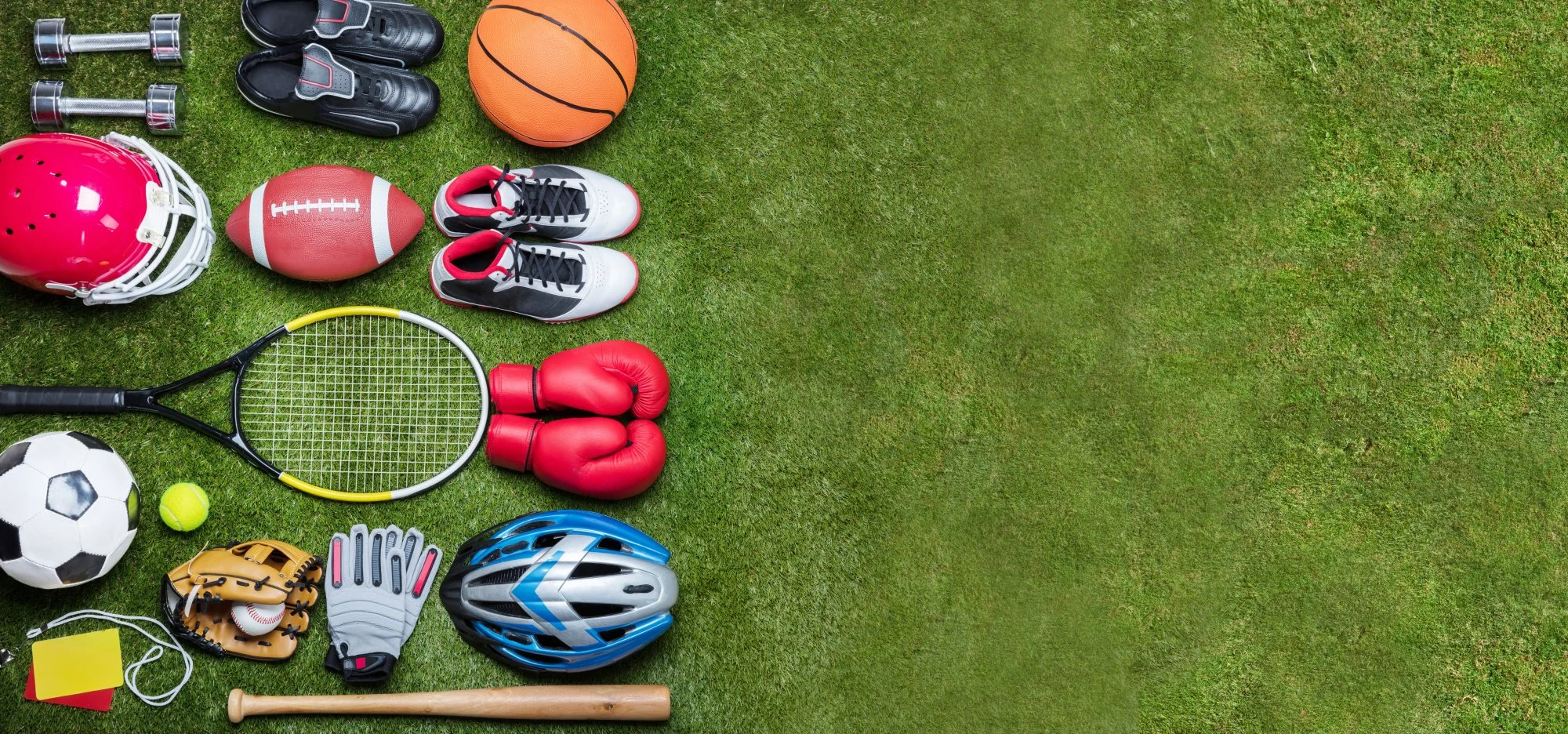Participating in sports is essential for developing crucial lifelong skills like time management, goal setting, and teamwork helping both children and adults. However, in the UK, there's a significant inequality when it comes to sports participation. Leaving the question, why is this the case and is there a simple way to fix it?
When I first looked into the disparities I was expecting access to facilities to be a key player as I’ve often heard people around me complaining about the lack of cricket training facilities or purpose-built athletic tracks. Whilst it is a component for a top-level athlete, who will travel to the best facilities anyway, facilities don’t seem to play a role in general sports participation. Rural areas focus on outdoor sports such as running or hiking, whereas urban areas use their facilities for sports such as swimming and hockey. Therefore simply investing in infrastructure won't solve the problem, it's about creating a more inclusive and supportive environment that encourages all children to get active and thrive.
Race and sex are also key determinants of whether someone will take up a sport or not. Black (42%) and Asian (43%) children and young people, and those from the least affluent families (45%), are less likely to play sports or be physically active than the average across all ethnicities and affluence groups. Thus, programmes need to be implemented to increase inclusion within sport. One such example is in Pennine Lancashire, direct engagement and collaboration with the Muslim community has seen more than 5,000 young people increase their daily activity levels through the Active Madrassah programme. Therefore, there is a pressing need for more of these initiatives to be implemented across the UK to increase sports participation.
Another shocking statistic reveals that disabled people are almost twice as likely to be physically inactive. A collaborative approach is essential as disabled people should not be viewed as a single, homogeneous group. There is a sense of optimism in this area, particularly with the initiative Uniting the Movement which has developed an action plan to address accessibility issues. This plan includes reinvesting at the grassroots level by directing significant additional funding and capacity-building support into local clubs, community sports facilities, and volunteer networks in the communities that need it most. It also commits to expanding the England Talent Pathways so they are more inclusive—working with national governing bodies to embed inclusive standards, coach education, and targeted outreach and monitoring strategies. These efforts suggest that we are taking tangible steps in the right direction.
Lockdown has also affected children's participation in sports, as children missed the opportunity to engage in organised sports. This lack of access not only limits their physical development but also limits essential life skills that sports often foster, such as teamwork, discipline, and resilience. According to research conducted by Active Lives, there is a troubling statistic indicating a 7% decline among year 7 students who are able to swim 25 meters unaided - a skill that can save lives in emergencies. This trend raises concerns about the long-term implications of decreased physical activity and the potential risks to children's safety and wellbeing.
Parents also play a crucial role in youth sports. As kids grow older and take sports more seriously, they need extra support from their families to stay involved. Unfortunately, a lack of support has caused many young athletes to quit organised sports before they reach their late teens. Building a family culture that focuses on sports can make a big difference. It can help increase participation and keep young athletes engaged in the game for longer. Whilst this is not an easy fix there is a growing awareness of parents' work-life balances and working from home has helped improve family culture.
In conclusion, while sports can be a powerful tool for personal growth and social development, participation across the UK remains deeply unequal. The barriers extend far beyond facilities, they are rooted in complex social, cultural, and economic factors. Tackling these challenges requires more than surface-level investment; it demands targeted, community-driven solutions that address inequality in race, income, disability, and family support. Encouragingly, initiatives like Active Madrassah and Uniting the Movement show what’s possible when inclusion is prioritised. By continuing to invest in tailored programmes, promoting parental involvement, and making sport more accessible to all, we can begin to close the gap, and ensure that every person has the chance to benefit from everything sport has to offer.
But if we know the benefits and we know the barriers, what’s really stopping us from making sport fair for everyone?
 Ella Shaw
Ella Shaw